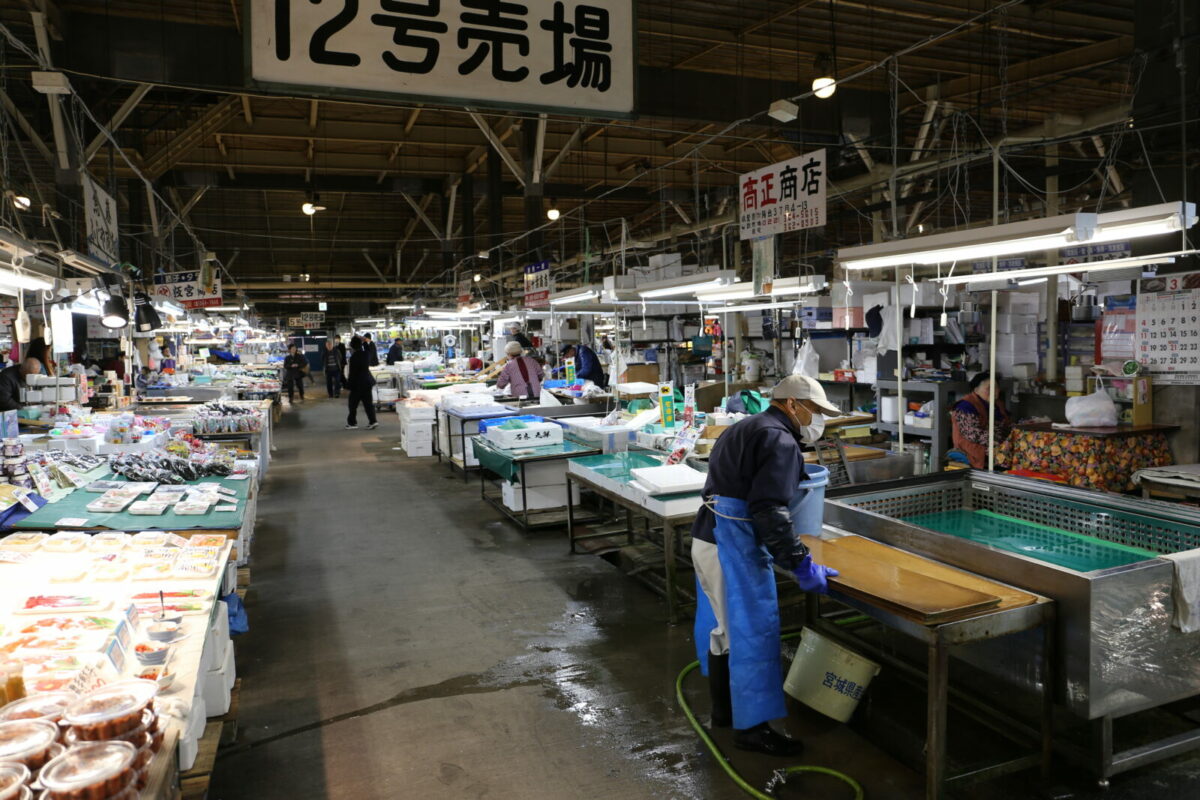Albacore tuna from Okinawa (Japan)
Facts & Figures
“I was four when I caught my first fish!”
Fumio Tomori comes from a family of fishermen. He was only four when he caught his first fish, alongside his father, who has always been a great inspiration to him. “My father was a fisherman, so I wanted to be one too. Where we live, traditions are passed down from generation to generation.” Seeing the sun rise or set from his boat is something that brings Fumio immense happiness. “It is onlyby treating the earth with care that we can continue to enjoy thenatural world and the fish!

A good catch
Fumio and his crew use pole and line to catch their albacore and nothing else. It is a tough job, as you can tell from the fishermen’s strong physique. Because the fishers lift the tuna out of the water one at a time and do not remove entire schools, fish populations are given the chance to reproduce.
A tough tuna job
Fumio is pleased to see young people becoming more and more interested in ocean conservation. His albacore fishery is setting a good example for sustainable fishing, with stocks remaining stable year-on-year. Right now, the average age on board his vessels is pretty high, but Fumio is hopeful that future generations come to recognize and embrace his beautiful craft.


A paradise for tuna lovers
Nestled in the East China Sea is the Japanese is land of Okinawa. Its inhabitants tend to live to a ripe old age, no doubt due to the local diet of fresh vegetables and fish. The southern location means that tuna can be fished all year round here, which fills the rest of Japan with envy.

Albacore tuna
Albacore is also known as white tuna. As you would expect, its flesh is paler than that of the skipjack and yellowfin varieties. While not big in size, it’s certainly big on flavor. And because this predator feeds mainly on sardines and anchovies, it’s also packed full of omega 3 fatty acids. Delicious, healthy, and sustainable all in one package!


